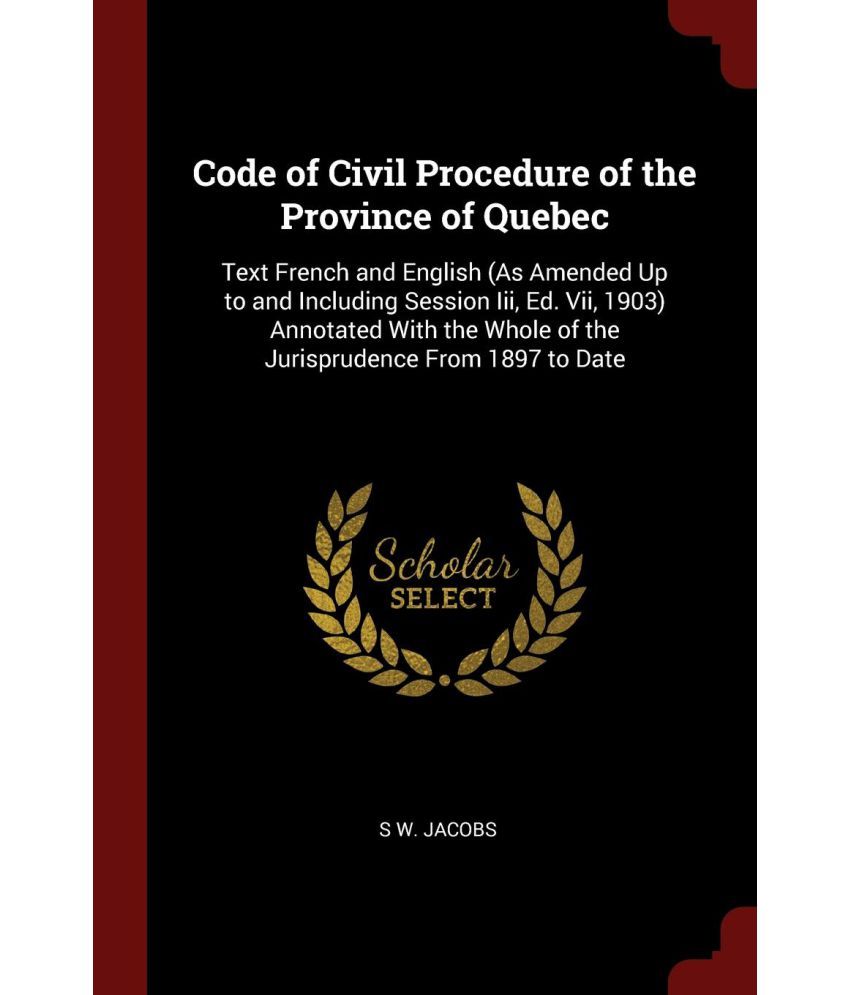

Summary: This amended rule imposes limits on filing motions to strike. Impact: Court docketing procedures for motions need to account for notices for extensions that parties file under this new rule.

This new rule does not apply to motion practice under Rule 56, which sets forth its own procedure for time extensions under Rule 56(c)(1).

The extension is effective upon filing, unless the court disapproves of the change

Impact: The attorney may withdraw when the attorney has completed the representation as specified in the notice. The Court has now adopted these rule changes permanently. Note: The Court entered an Order on December 5, 2012, adopting these rule changes as modified, effective January 1, 2013, and extending the comment period to May 21, 2013. Upon an attorney's completion of the representation that is specified in the Notice of Limited Scope Representation, the attorney may withdrawĪmended Rule 11 permits an attorney to assist in drafting a pleading, motion or document filed by an otherwise self-represented person, and the attorney need not sign that pleading, motion, or document.Service on an attorney making a limited appearance constitutes effective service on that party.The Notice of Limited Scope Representation must specify the matters, hearings, or issues for which the attorney will represent the party.An attorney makes a limited appearance by filing and serving a Notice of Limited Scope Representation.An attorney may undertake limited representation of a person involved in a court proceeding in accordance with SCR 42, ER 1.2. Summary: These rules facilitate limited-scope or short-term legal representation.Īmended Rule 5.1(c) permits a limited appearance. See the note for information re: effective date Summary : This change adds " constable" and " constable's deputy" to the list of persons authorized to serve process under this rule.


 0 kommentar(er)
0 kommentar(er)
